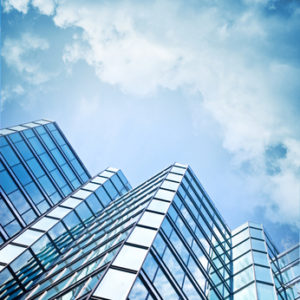What Types of Mold are Commonly Found in Commercial Buildings?

What Types of Mold are Commonly Found in Commercial Buildings?
Is that just a bit of dirt and grime? Or is your commercial property in need of NJ mold removal services?
Be on the Lookout for These Five Dangerous Mold Species:
Alternia
Powdery and olive-green to black, 70% of those with mold allergies react to Alternia. This mold is at its highest concentration during the summer, when wind carries spores indoors.
Aspergillus
The second most common mold to infect humans, many commercial buildings are found to contain Aspergillus, whose spores are found in higher concentrations indoors than out. Yellow-green with a reddish-brown underside, it’s a toxic mold, capable of producing mycotoxins, and is known to cause serious health issues in humans and animals. This mold – and the diseases it induces – is so common that its diseases have their own name: Aspergillosis.
Cladosporium
NJ mold removal experts see a lot of Cladosporium, which comes in many colors (olive-green, brown, grey, black) and grows at nearly any temperature – even cold storage. It’s known as a major trigger for asthma attacks.
Penicillium
Penicillium was named after the Latin word for ‘paintbrush,’ namely due to its ability to produce enormous quantities of greenish, bluish or yellowish spores. Though toxic, carefully cultured, it can be put to beneficial use in antibiotics.
Stachybotrys
Dark brown or black in color, Stachybotrys, or ‘black mold’ is slow to develop, but can overtake other types of mold that colonize before it. It is commonly found on cellulose (plant-based) materials like paper, wood, and cotton.
Don’t let your commercial space earn a reputation as a ‘sick building.’ Clear mold fast with the help of the NJ mold removal experts at Stern Mold today.
